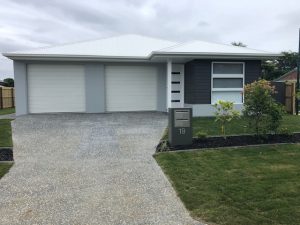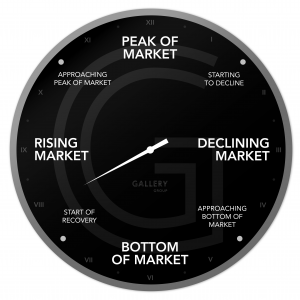
Investing in Moreton Bay: A Safe Strategy?
Posted in InvestmentLittle of Moreton Bay’s migration comes from outside Australian shores which suggests Covid19 impacts will not interfere with population growth in the region, potentially exceeding forecasts.
The core fundamentals of selecting regions that are investment-grade revolve around some really simple measurements. Population growth matched with an undersupply of housing usually equals growth, both capital growth, and higher yields.

This is exactly the picture that the Moreton Bay region is painting for investors looking for a strong market with lower price entry points.
According to Matusik in his latest Ready Reckoner, Moreton Bay is currently in the “recovery phase’ on the property clock. Generally, the recovery phase is characterised by a gradual reduction in available properties with an increasing number of sales occurring. It’s a buyers market, right before the boom where buyers flood the market and drive up prices.
Moreton Bay Population Deep Dive
According to Moreton Bay City Council data and the Australian Bureau of Statistics, the population in 2009 was 370,447. At the end of 2019, the population reached 469,465, indicating a population growth rate of 21% over the course of 10 years, which continues to climb at a similar rate.
When looking deeper into the demographic of this population, we notice that the migration to Moreton Bay is predominantly made up of current Australian Residents/Citizens, rather than overseas migration. This is comforting as a backbone for the population growth being able to move without restriction as many other regions across Australia have found, as a result of COVID19.
The makeup of the population migrating to Moreton Bay is going to be made up of families with kids (both young and adolescents) and downsizers.
Land in Moreton Bay
When looking at Land in Moreton Bay – it’s important to compare apples with apples. If you track the price increase over the last 10 years for land sales, you’ll see a price increase of approximately 30%. While that is still impressive, it’s not benchmark exceeding. For the same time period, if you were to track the average size of land being sold you will find a steady to a steep decline.
So what does this mean?
Average sales values that increase, with declining sizes indicate a price increase of far greater than first assumptions. In fact, when we compare the square meterage rates over the last 10 years, we find a price increase of just under 80%

Construction of new Homes in Moreton Bay
The average household is made up of 2.7 people according to the Australian Bureau of Statistics. When you take that number and compare it to the recorded registrations of new homes (people acquiring the home in their name), you see that Moreton Bay is already undersupplied.
This further solidifies Moreton Bay’s position in the recovery phase.
Land developers will likely be quick to try and produce more parcels of land, however the supply of available sites is somewhat restricted. If the undersupply is not met with the new product over the coming years, this will only further accelerate Moreton Bay’s property market into the Boom phase (a seller’s market).
Source(s): Matusik Moreton Bay Ready Reckoner, Australian Bureau of Statistics, Moreton Bay Council, Property Council of Australia.